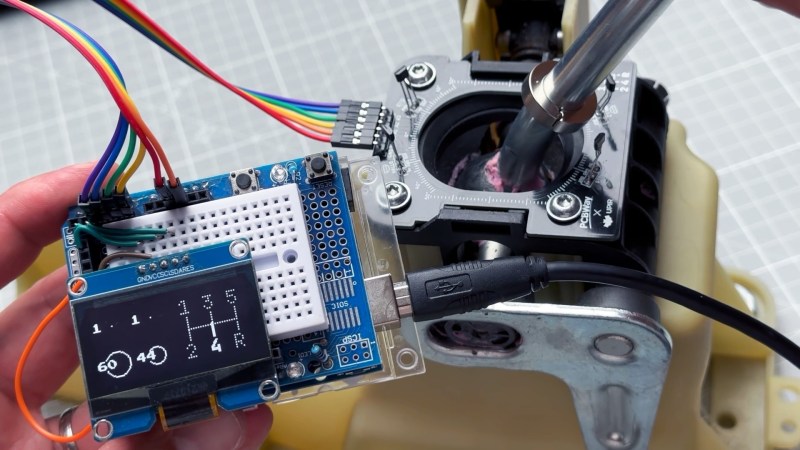Arduino Gear Shift Indicator Finds ‘Em So You Won’t Grind ‘Em

Now, it’s been a shamefully long time since we’ve driven a car with a manual transmission, but as we recall it was pretty straightforward. It certainly didn’t require a lot …read more Continue reading Arduino Gear Shift Indicator Finds ‘Em So You Won’t Grind ‘Em